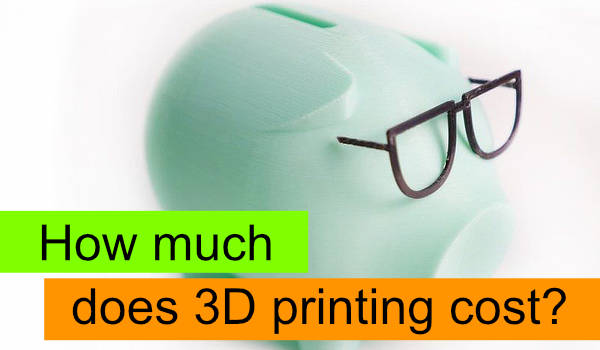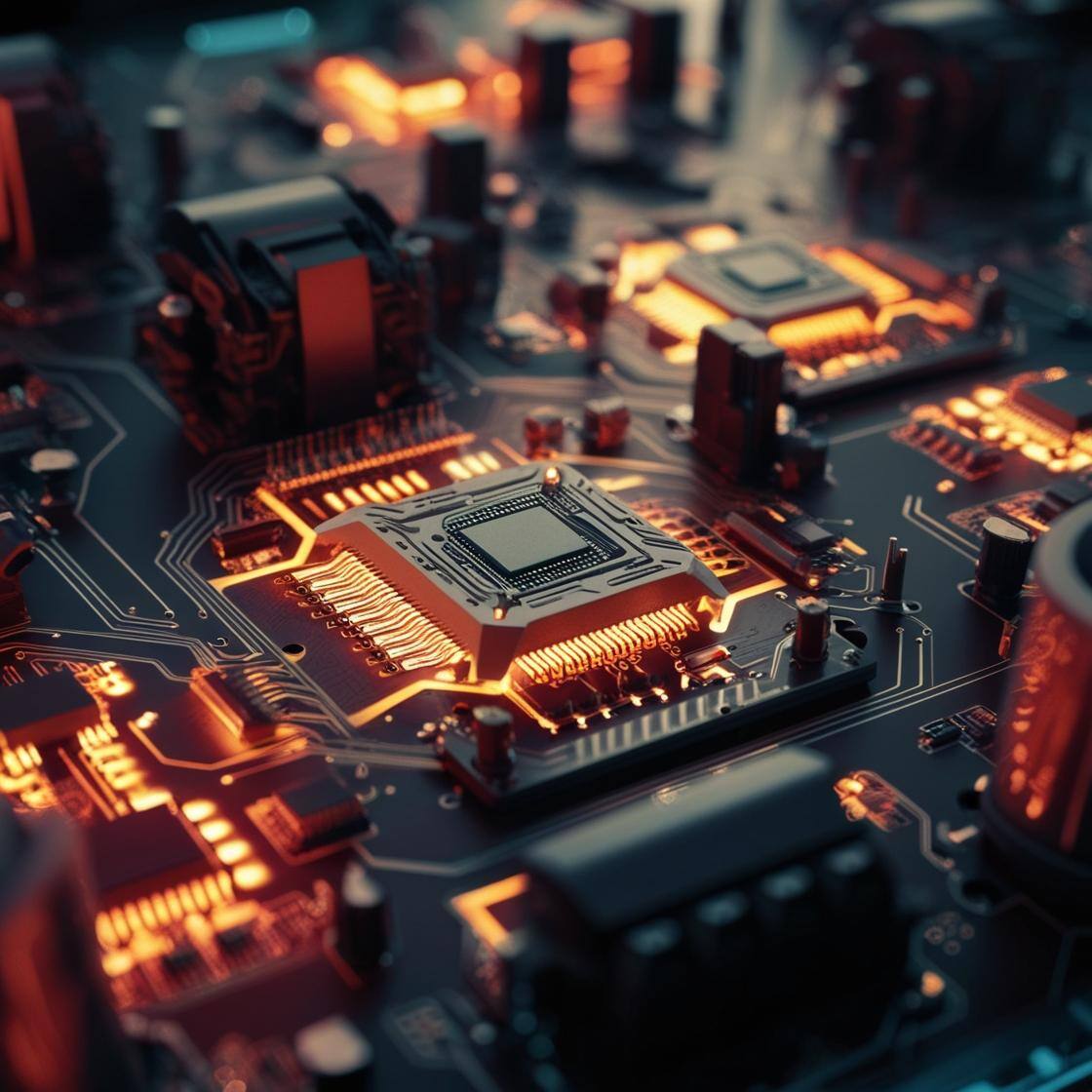6 min read
3D Printing and Nanotechnology
3D printing and nanotechnology are two fields of research and innovation that, at first glance, might appear worlds apart. The former focuses on...

If you already have a 3D model click here to get a quote immediately and without signup
A 3D printer can cost from 150$/€ for a cheap FDM or MSLA printer to almost 1 million$/€ for a top metal 3d printer and in addition to this it requires maintenance costs, electricity, etc. which, however, we neglect here to simplify. First of all consider that in the current market you cannot think of making sense of a 3D printer by using it less than 8 hours a day for 250 working days (if you have the purpose of making money and you are not one of those types who buy 3d printers because they like to have them around) it is better and much cheaper to have the parts done by an external 3D printing service.
So let's say you purchased a $/€1500 3D printer that you plan to use 8 hrs/day for 2 years.
8 x 250 x 2 = 2000 hours of printing
$/€ 1500 / 2000 hrs = $/€ 0.75/hr
All this means almost nothing, why?
Because it is not so important how much a machine costs per hour but how much it PRODUCES per hour in terms of cm3 of usable part:
Considering that the machine in the example as a FDM printer we can say that it can reasonably produce 10cm3 / h (I know it can also go faster but with this speed we are sure not to have to redo the piece because it turned out badly).
$/€ 0.75/hr / 10cm3/hr = 0.075$/€ per cm3
Since a 3Dbenchy has a volume of about 16 cm3 it would cost around:
0.075$/€ per cm3 x 16 cm3 = 1,2 $/€
Keep in mind that in this case we have not calculated the time necessary to prepare the file, the material and the maintenance costs, nor have we taken into consideration the fact that if you will use this machine few hours per week and not 8 hours a day, producing a single 3Dbenchy could quickly get to a real cost of 30 $/€.
#3DBenchy is a 3D model specifically designed for testing and benchmarking 3D printers.
Upload and quote now your 3DBenchy
Obviously the larger the part, the more material and time needed for the printing, the more it costs: it must be said that there is no direct proportionality because a part with double volume will not cost double but a little less than double because there are economies of scale linked to the preparation time that is spread on a larger piece.
You can reduce the cost by using a cheaper material or by partially emptying the part but this is not always technically and mechanically acceptable.

Larger is more expensive: 3D printing is a matter of size and material: larger parts need more time and material and are consequently more expensive
The material makes a huge difference on the final cost of the part: think that you can start from a PLA of 15 $/€ per kg to 500 $/€ of PEEK and even more. Moreover it should also be considered, at least for some technologies such as FDM and SLA, the cost of the supports that can be in a material (for example BVOH) normally more expensive than the printing material itself. Just to give you a value, our tiny 16 cm3 3DBenchy can cost, material only, from about 0.25 $/€ if made with cheap PLA to 8 $/€ made with 500 $/€ x kg PEEK.

Material matters: with the same 3D printer and production capacity the cost of the material can vary enormously.
Courtesy 3Dnative. See here the list of materials available from Weerg.
Contrary to what one might think, post processing is mandatory for any 3D printer and it has the serious flaw of being a considerable cost that is often seriously underestimated. In fact, finishing is not just the removal of supports in FDM or SLA printing which takes time and often can lead to damage to the part.
Post processing is also required by MJF and SLS printers: in this case the part just produced are covered by construction dust residues that must be removed with a good (read expensive) shoot peening technology.

Post-processing is a major cost in 3d printing: not only do FDM or SLA 3D printers require supports removal but also powder printers (MJF and the old SLS) need thorough cleaning. Quote instantly your 3D part
Should you buy a 3D printer or hire a 3D printing service?
As you have seen, there are many elements that contribute to forming the cost of a 3D printed part.

6 min read
3D printing and nanotechnology are two fields of research and innovation that, at first glance, might appear worlds apart. The former focuses on...

6 min read
Padel has seen exponential growth in Italy and worldwide in recent years. A glance at sports clubs in major cities and smaller towns alike reveals an...

6 min read
The game of chess boasts a history spanning millennia, seamlessly merging art, strategy, and culture into a singular experience that has captivated...